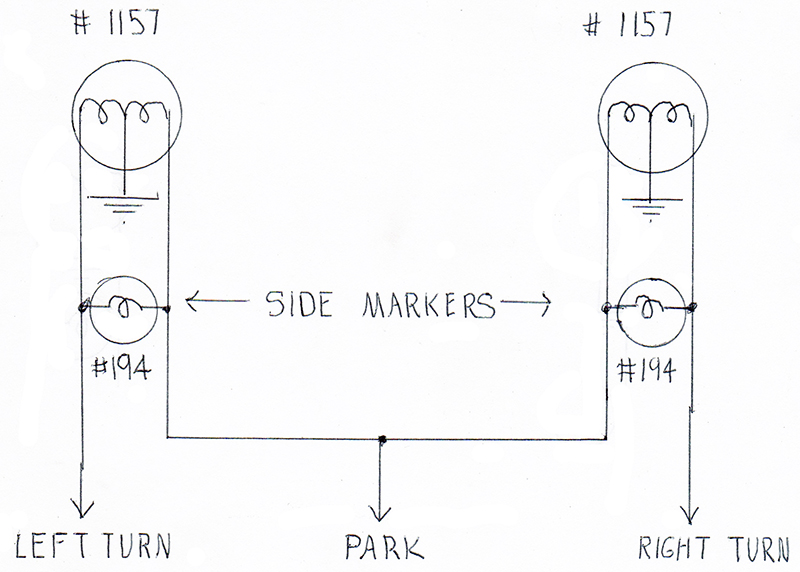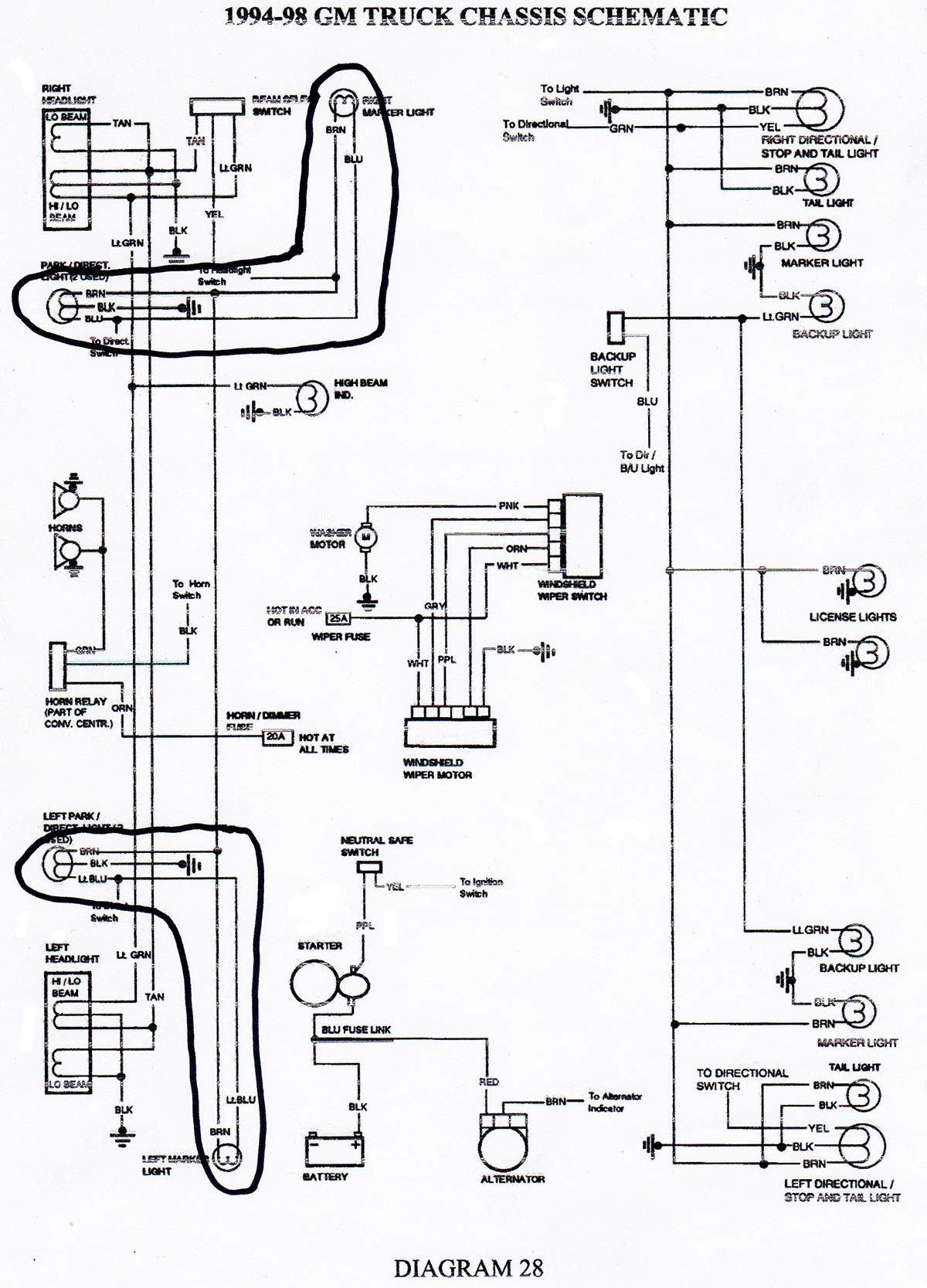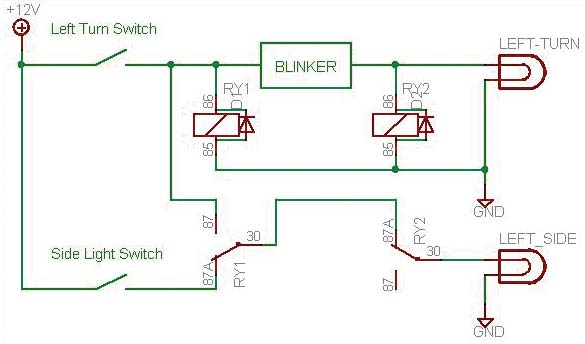I have wired many cars this way as car makers also do this on some models.
The side light can not be grounded. I have replaced the sockets in the side makers to a 194 bulb socket available at all auto parts stores.
In the day time, the side lights alternate blinking with the turn signals and ground through the filament of the park bulb.
At night, the side lights come on with the running light, flash opposite the turn lights, and ground through the turn light filament. (when park and turn are both on you power on both sides of the side light).
You can see this on many cars and trucks at night when turning, if you are observing things at night. I have also done this at rear of car when possible.


Only a special part may be a side light socket. If it’s a bayonet type socket, it has to change to a 194 insulated socket that is readily available.



